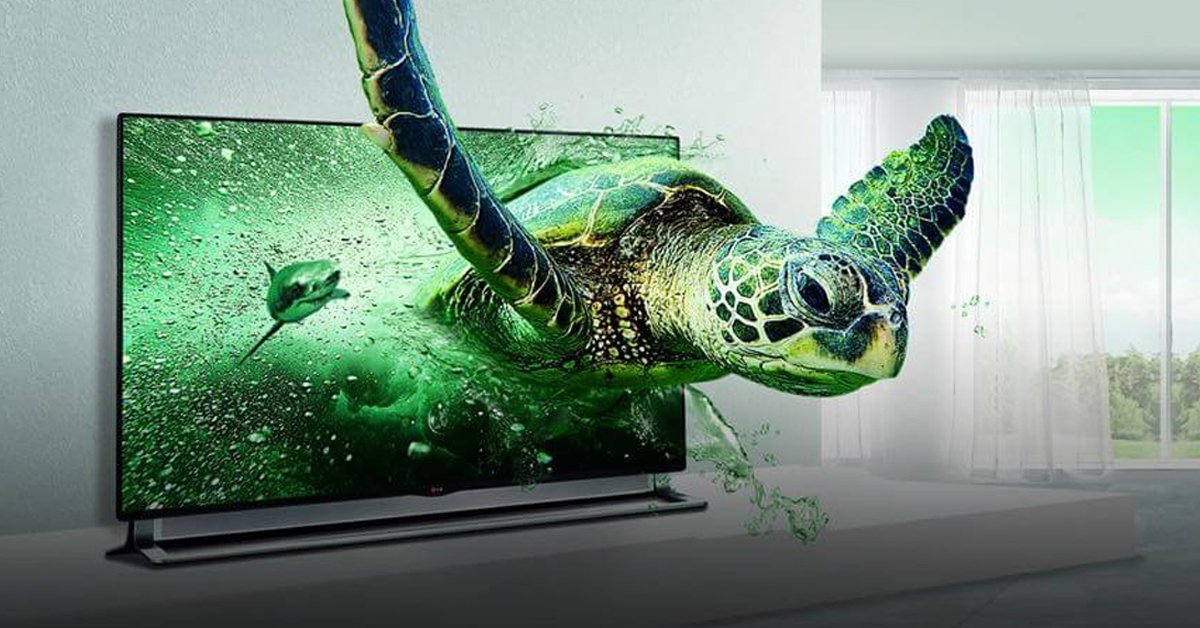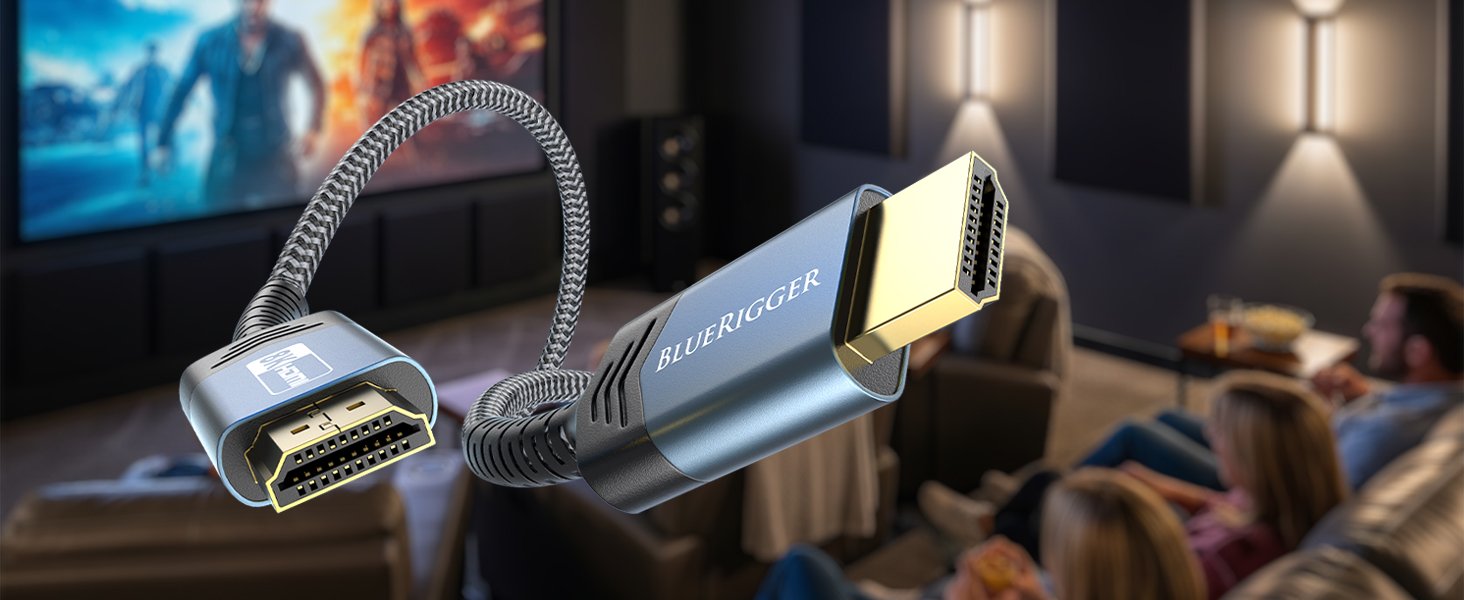What are the Differences Between 4K and 8K HDMI Cables?
HDMI cables are essential for transmitting digital video and audio signals from one device to another. Whether you’re connecting a streaming device, gaming console, or computer to a monitor or TV, the right HDMI cable ensures smooth playback and crisp visuals. But when it comes to 4K and 8K HDMI cables, there are key differences that go beyond just resolution — including bandwidth, refresh rate, and compatibility.
HDMI Cables: A Quick Overview
HDMI stands for High-Definition Multimedia Interface, and it’s the universal standard for transmitting uncompressed video and audio data. HDMI connectors come in different sizes:
- Type A (Standard HDMI) – Commonly used in TVs, monitors, game consoles, and media players.
- Type C (Mini HDMI) and Type D (Micro HDMI) – Found in tablets, cameras, and other compact devices.
Each HDMI connector features a 19-pin layout and carries both video and audio signals through copper wiring. This setup enables high-definition playback with minimal latency or signal loss.
4K HDMI Cables vs 8K HDMI Cables
When comparing 4K HDMI cables to 8K HDMI cables, it’s not just about the resolution – it’s about overall performance, future compatibility, and use-case needs.
Feature |
4K HDMI Cable (HDMI 2.0) |
8K HDMI Cable (HDMI 2.1) |
Resolution Support |
Up to 3840 x 2160 (4K) | Up to 7680 x 4320 (8K) and even 10K |
Refresh Rate |
60Hz | 120Hz |
Bandwidth |
18 Gbps | 48 Gbps |
HDR Support |
Yes (Static HDR) | Yes (Dynamic HDR, Dolby Vision) |
Gaming Features |
Limited | VRR, ALLM, QMS, QFT (HDMI 2.1 specific) |
Audio Support |
ARC | eARC (enhanced Audio Return Channel) |
Backward Compatibility |
Yes | Yes |
Resolution, Refresh Rate, and Bandwidth
To understand the core differences between 4K and 8K HDMI cables, it’s important to know how resolution, refresh rate, and bandwidth work together.
- Resolution refers to the number of pixels on a screen. The higher the resolution, the more detailed the image.
- Refresh rate is the number of times per second a new image is displayed, measured in Hertz (Hz).
- Bandwidth is the data-carrying capacity of the cable, dictating how much information it can transmit in real-time.
Standard HDMI cables are typically limited to 1080p resolution and around 5 Gbps of bandwidth.
But with 4K and 8K technologies, these limits are significantly higher — requiring cables specifically designed to handle that data load.
4K HDMI Cables – HDMI 2.0
But with 4K and 8K technologies, these limits are significantly higher — requiring cables specifically designed to handle that data load.
4K HDMI cables (HDMI 2.0 standard) are widely used for modern UHD TVs and displays. They support:
- Resolution: Up to 3840 x 2160 (2160p)
- Refresh Rate: 60Hz
- Bandwidth: 18 Gbps
These cables are ideal for 4K streaming, gaming, and Blu-ray playback. They also offer improved color range and support for HDR (High Dynamic Range), resulting in more vibrant visuals compared to standard HD.
8K HDMI Cables – HDMI 2.1
8K HDMI cables (built on the HDMI 2.1 standard) are engineered for ultra-high-definition content and next-gen performance. They support:
- Resolution: Up to 7680 x 4320 (4320p) or even 10K
- Refresh Rate: Up to 120Hz
- Bandwidth: 48 Gbps
These cables offer a significant upgrade in image clarity, smoother motion, and support for advanced gaming features like Variable Refresh Rate (VRR), Auto Low Latency Mode (ALLM), and eARC for better audio transmission.
Final Thoughts
Choosing between a 4K and 8K HDMI cable depends on your current setup and future plans. If you’re using a 4K TV or monitor, a high-speed 4K HDMI cable (HDMI 2.0) should meet your needs. But if you’re investing in 8K displays or high-performance gaming, going with an 8K HDMI cable ensures top-tier quality and long-term value.
No matter which one you choose, always look for durable build quality, gold-plated connectors, and trusted brands to get the most reliable performance from your cable.
FAQs
Do I need an 8K HDMI cable for a 4K TV?
No, a 4K HDMI cable is sufficient for a 4K TV. However, using an 8K cable on a 4K device won’t hurt and may help with future compatibility.
Will an 8K HDMI cable improve quality on a 4K TV?
While it won’t increase resolution beyond what your TV supports, it may provide better stability and future-proofing for higher refresh rate formats.
Can I use a 4K HDMI cable on an 8K TV?
You can, but you might be limited in terms of refresh rate or advanced features. For best performance, an HDMI 2.1 (8K) cable is recommended for 8K TVs.
Are 8K HDMI cables backward compatible?
Yes, HDMI 2.1 cables are fully backward compatible with older HDMI devices and TVs.



